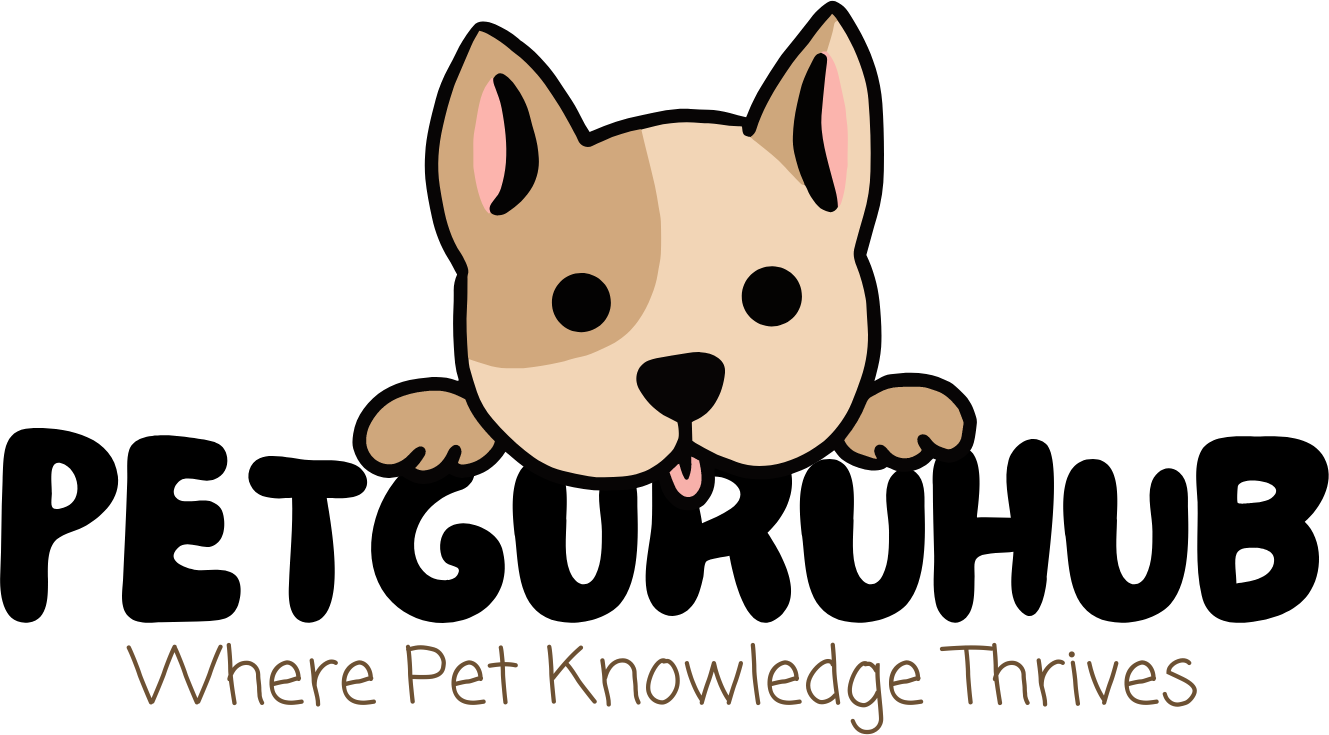Introduction
Dogs make wonderful companions and bring so much joy into our lives. However, even the best dogs can develop problematic behaviors that test their owners’ patience. Common issues like barking, chewing, digging, and house soiling can be frustrating, but they are usually solvable with some training and lifestyle adjustments. This article will explore some of the most common dog behavior problems owners face and provide tips to correct them in a positive, effective way. With a little time, effort and know-how, you can get your four-legged friend back on track to being a well-behaved member of the family.
Common Dog Behavior Problems
Separation Anxiety
Separation anxiety is one of the most commonly reported behavior issues in dogs. Dogs with separation anxiety become extremely distressed when left alone, leading to behaviors like destructive chewing, constant barking, and house soiling. This condition is the result of a dog being overly attached to their owner and not being taught how to be calm and relaxed when alone.
Tips for treating separation anxiety include:
- Desensitizing your dog to being alone through gradual training. Start with very short departures and absences, praising and rewarding calm behavior, and slowly increase the duration.
- Providing stimulating toys like food puzzles when you leave to keep your dog distracted and engaged.
- Establishing a consistent routine surrounding departures and keeping arrivals/departures low key.
- Using calming aids like DAP diffusers and calming treats to take the edge off.
- Consulting with a trainer/behaviorist for customized treatment programs for severe cases.
House Soiling
House soiling is another very common issue dog owners encounter. Typical causes include incomplete house training, changes in routine, medical issues like UTIs, and anxiety. Patience, vigilance and boosting potty training is key to resolving house soiling problems.
Tips for stopping house soiling include:
- Sticking to a strict schedule of taking your dog outside to potty frequently, especially after meals, naps, play and first thing in the morning.
- Confining your dog when you can’t supervise using crates and dog-proofed rooms. Reduce access to previously soiled areas.
- Thoroughly cleaning soiled areas with enzymatic cleaners to remove odors that draw dogs back.
- Addressing possible medical issues by having your vet check for UTIs, digestive issues, etc.
- Increasing exercise, play and bonding to reduce any anxiety connected to the behavior.
Barking
Barking is a natural dog behavior but can become excessive and problematic in some cases. Dogs may bark from boredom, loneliness, fear, seeking attention or wanting to go outside. Identifying the cause is key to addressing excessive barking.
Tips for curbing excessive barking include:
- Providing sufficient physical and mental exercise to prevent boredom/frustration. Teach quiet commands.
- Addressing causes like fear/anxiety through desensitization and counterconditioning techniques.
- Managing the environment by blocking visual triggers, using white noise to mask sounds, and not inadvertently rewarding barking with attention.
- Teaching alternative wanted behaviors that are rewarded like “go to mat” or “quiet.”
Chewing/Destructiveness
Chewing and destructiveness in dogs is normal puppy behavior but can persist into adulthood if dogs don’t have appropriate outlets. Providing plenty of exercise and chew toys can help curb destructive chewing behaviors.
Tips for stopping destructive chewing include:
- Puppy-proofing your home and confining dogs when unsupervised to prevent access to tempting items.
- Providing plenty of appropriate chew toys and rotating to keep them interesting. Food puzzles provide mental stimulation.
- Teaching “leave it” and “drop it” commands and redirecting to proper chew toys. Praise for chewing right items.
- Increasing physical and mental exercise to prevent boredom-related chewing. Obedience training is very helpful.
- Addressing possible sources of stress/anxiety that may contribute like lack of exercise, loneliness, or change in routine.
Jumping Up
Jumping up on people is a natural dog greeting behavior but can be a problem in some situations. Remaining calm and consistent with training is key to curbing jumping up.
Tips for stopping jumping include:
- Teaching an alternative behavior like “sit” to redirect your dog and reward with praise/treat. Practice this prior to greetings.
- Keeping greetings low key. Have guests ignore your dog until all four paws are on the floor then reward calm behavior.
- Using leashes during greetings to control the dog and gently guide four paws back to the floor if needed. Reward calm behavior.
- Avoiding inadvertently rewarding the behavior by petting or giving attention while they jump.
Pulling on Leash
Dogs pull on leash because they want to explore and it often gets them where they want to go. Proper leash manners take time and consistency to train but make walks much more pleasant.
Tips for leash pulling include:
- Using no-pull harnesses and head collars to minimize pulling and give you better control without discomfort.
- Stopping immediately when the leash becomes taut. Resume walking when leash is loose again. Repeat as needed.
- Rewarding the dog with treats and praise for walking by your side without pulling. Teach ‘heel.’
- Gradually increase distractions like other dogs, people, etc. and continue to reinforce no pulling.
- Avoiding flexi leashes which allow pulling and teach dogs they can wander away from you.
Common Dog Behavior Problems by Age
Puppy Behavior Problems
Puppies are naturally curious, energetic and rambunctious. They explore the world with their mouth so chewing, nipping, and mouthing on hands is normal puppy behavior. Patience, redirection and training is needed to shape wanted behaviors. Common puppy issues include:
- Nipping and rough play with hands. Redirect to chew toys and yelp if it hurts. Praise gentle play.
- House training accidents. Stick to a strict schedule and supervision for potty training success.
- Destructive chewing. Puppy-proof and provide plenty of appropriate chew toys.
- Crying/barking when confined. Use treats and toys to positively associate the crate/pen.
- Submissive urination when excited. Greet calmly and take outside immediately to potty.
Adolescent Dog Behavior Problems
Adolescence (6-18 months) is a challenging time as puppies transition to adulthood. Energy and testing boundaries increases. Remain patient and consistent with training through this phase. Common adolescent dog issues include:
- Testing boundaries by ignoring commands or breaking rules they know. Be firm and consistent with training.
- Increased chewing, digging, jumping as energy levels rise. Provide plenty of physical and mental exercise.
- Barking and whining for attention. Ignore attention-seeking behavior and reward calmness.
- Mounting people or objects. Redirect to a toy and praise calm, settled behavior.
Senior Dog Behavior Problems
Senior dogs can develop behavior issues as they age due to cognitive decline, pain, or loss of senses like vision/hearing. Patience and catering their environment to their needs is important. Common senior dog issues include:
- House soiling or having accidents. This may indicate incontinence or UTI issues. Seek veterinary advice.
- Increased barking/whining. May indicate pain, confusion, or cognitive decline. Try calming aids.
- Withdrawing or acting anxious/restless. Consider anxiety medications and calming supplements.
- Increased aggression. Have vet check for pain that may be causing this. Use medication if needed.
- Pacing or wandering. Can indicate cognitive decline. Provide reassurance and routine.
Correcting Dog Behavior Problems
When dealing with dog behavior problems, remember that patience and consistency are key. Never punish or yell at your dog – it will only make things worse. Instead, set your dog up for success by managing the environment and using positive reinforcement training. Here are some general tips:
- Identify and address the motivation behind the unwanted behavior. Is your dog bored, anxious, seeking attention? Meeting their needs will reduce the behavior.
- Prevent rehearsal of unwanted behaviors by managing the environment. For example, confine your dog when you can’t supervise to prevent sneaky behaviors.
- Make the unwanted behavior ineffective by removing rewards. For example, if your dog jumps for attention, ignore them until they sit calmly.
- Provide plenty of physical and mental exercise to prevent boredom and frustration. A tired dog is a well-behaved dog!
- Reward wanted behaviors and provide alternative appropriate outlets for behaviors like chewing, digging, etc.
- Be patient! Behavior change takes time and consistency. Stick with it and you’ll see improvement.
- Seek help from a certified professional dog trainer/behaviorist for more serious issues or ones that do not improve.
Conclusion
While our canine companions can certainly challenge us with their naughty behaviors, nearly all dog behavior problems can be corrected with time and positive training techniques. Identify the motivation behind the behavior, provide adequate exercise, and reward good behavior while preventing rewards for unwanted behavior. Remain patient, consistent and never punish your dog. With some diligence from you and training, your dog’s behavior issues can be resolved, leading to a happy, well-adjusted canine companion.
| Topic | Tips |
|---|---|
| Separation Anxiety | – Desensitize through gradual alone training – Provide engaging toys when leaving – Establish consistent routine – Try calming aids – Consult a trainer for severe cases |
| House Soiling | – Stick to a potty schedule – Confine when unsupervised – Thoroughly clean accidents – Address medical issues – Increase exercise/play |
| Excessive Barking | – Provide physical and mental exercise – Address causes like fear/anxiety – Manage environment – Teach alternative behaviors |
| Destructive Chewing | – Puppy-proof home – Provide chew toys – Teach leave it/drop it – Increase exercise |
| Jumping Up | – Teach alternative behavior like sit – Ignore until four paws are down – Use leashes for control – Avoid rewarding |
| Leash Pulling | – Use no-pull harnesses/collars – Stop when leash tightens – Reward for loose leash walking – Gradually increase distractions |
Frequently Asked Questions
What are some common dog behavior problems?
Some of the most common dog behavior problems include:
- Separation anxiety – Destructive behavior and vocalizing when left alone
- House soiling – Urinating or defecating in the house
- Excessive barking – Barking excessively due to boredom, fear, or seeking attention
- Chewing/destructiveness – Chewing inappropriate items due to boredom, anxiety or normal puppy behavior
- Jumping up – Jumping on people to greet them
- Pulling on leash – Pulling strongly on leash wanting to explore
Why do dogs develop behavior problems?
Dogs may develop behavior problems for a variety of reasons including:
- Lack of training – Dogs who are not properly house trained or obedience trained can develop issues like house soiling, chewing, jumping up, or pulling on leash.
- Improper reinforcement – Behavior problems can develop when dogs are inadvertently rewarded for the wrong behaviors.
- Anxiety/fear – Dogs may exhibit destructive behaviors, vocalizing or house soiling when experiencing anxiety about being alone or fear of things like loud noises.
- Boredom – Dogs left alone for long periods without stimulation may develop issues like excessive barking, chewing/destructiveness, or digging to entertain themselves.
- Medical issues – Medical conditions like a UTI may cause a previously house trained dog to begin soiling in the house.
- Changes in routine – Changes in the household routine or environment can trigger anxiety and problematic behaviors in some dogs.
How can I stop my dog’s behavior problems?
Here are some general tips for correcting dog behavior problems:
- Identify the motivation – Determine why they are exhibiting the behavior. Is your dog bored, anxious, seeking attention? Meeting their needs will reduce the behavior.
- Prevent rehearsal – Manage the environment to prevent rehearsal of unwanted behaviors. For example, confine your dog when you can’t supervise.
- Remove rewards – Make the unwanted behavior ineffective by removing rewards. Ignore attention-seeking behavior.
- Exercise – Provide plenty of physical and mental exercise to prevent boredom and frustration.
- Positive reinforcement – Reward wanted behaviors. Provide appropriate chew toys and outlets.
- Be patient & consistent – Behavior change takes time. Stick with positive training techniques.
- Seek professional help – For serious issues or those not improving, seek help from a dog trainer or behaviorist.
How can I stop my puppy from nipping and biting?
To stop puppy nipping/biting:
- Redirect your puppy to chew toys when they nip and praise gentle play.
- Give a high-pitched “yelp” when they bite too hard to signal it hurt. Ignore them briefly after.
- Use reverse time-outs – leave the room briefly when they nip. Return and praise calm behavior.
- Be consistent so they learn quick play stops when they nip hard. Praise gentle mouthing.
- Provide plenty of chew toys so they learn what is appropriate to bite.
What is an effective way to house train a puppy?
An effective way to house train a puppy is:
- Take them out frequently, especially first thing in morning, after meals, naps, play and every 30-60 minutes.
- Praise and reward with treats for pottying outside. Choose a reward word like “go potty.”
- Prevent accidents by confining them when you can’t actively supervise. Use crates and dog-proofed rooms.
- Clean all accidents thoroughly with an enzymatic cleaner to remove odors.
- Be patient and consistent. Stick to a routine and don’t scold for accidents.
- Consider using potty training aids like bell training if they struggle to alert you.
What are signs of separation anxiety?
Signs of separation anxiety include:
- Destructive behavior when left alone – chewing, digging, urinating/defecating
- Excessive vocalizing – barking, whining, howling when alone
- Pacing, panting, trembling, refusing to eat when owner leaves
- Not settling down and remaining hypervigilant
- Depression-like symptoms – loss of appetite, lethargy after owner returns
- Attempting to escape – scratching doors, windows, crates
- Following owner closely around the house, even into bathroom
How can I help my senior dog adjust to aging?
To help senior dogs adjust:
- Have your vet do a full senior exam to identify any medical issues causing behavior changes.
- Make the environment senior friendly – non slip surfaces, ramps, easy access to food/water, night lights.
- Stick to a routine for feeding, walks, play to help provide stability.
- Consider anxiety/cognitive function medications if anxiety/disorientation is occurring.
- Use puzzles, slow feeders and interactive toys to keep their mind engaged.
- Be patient with potty training accidents – they may need to go out more frequently.


